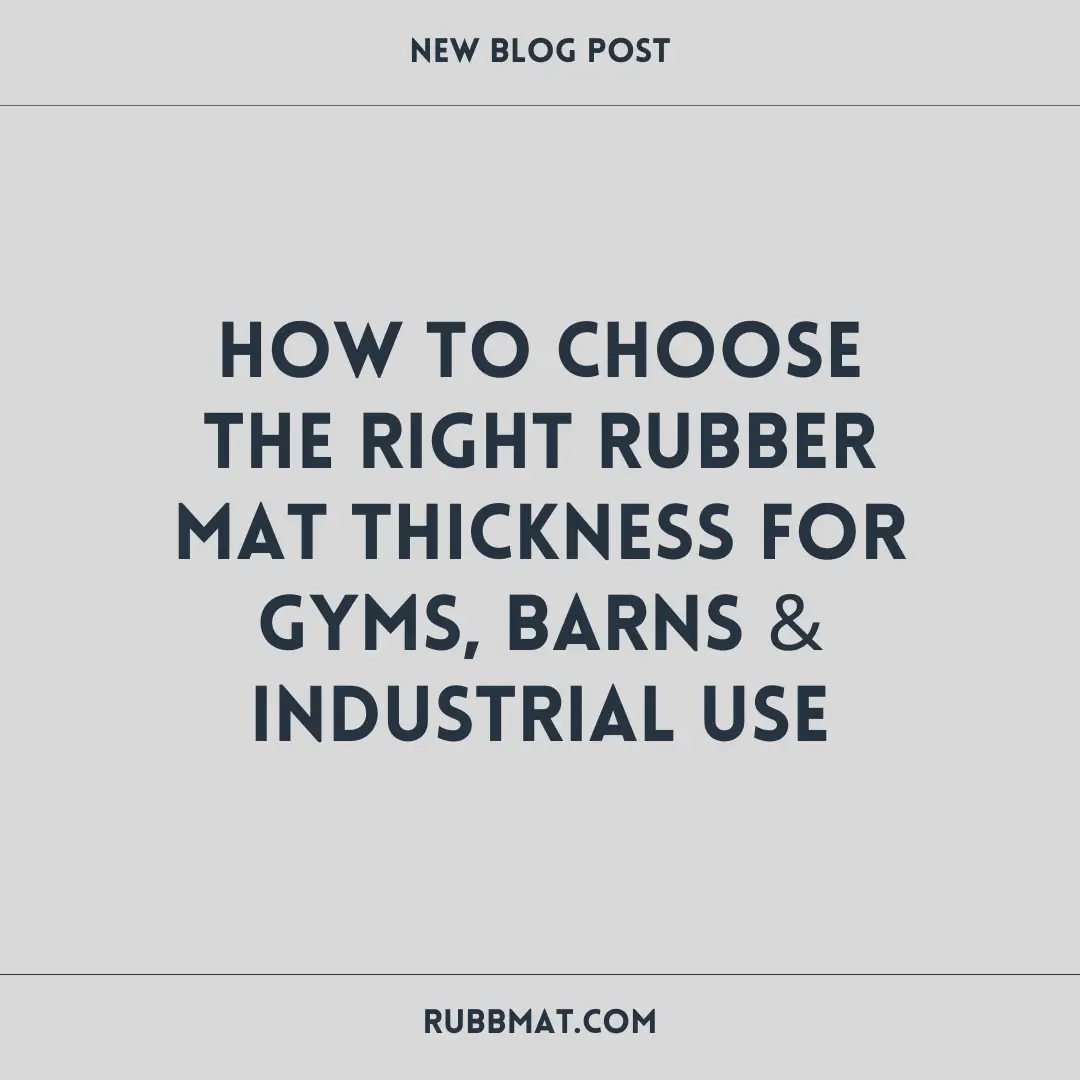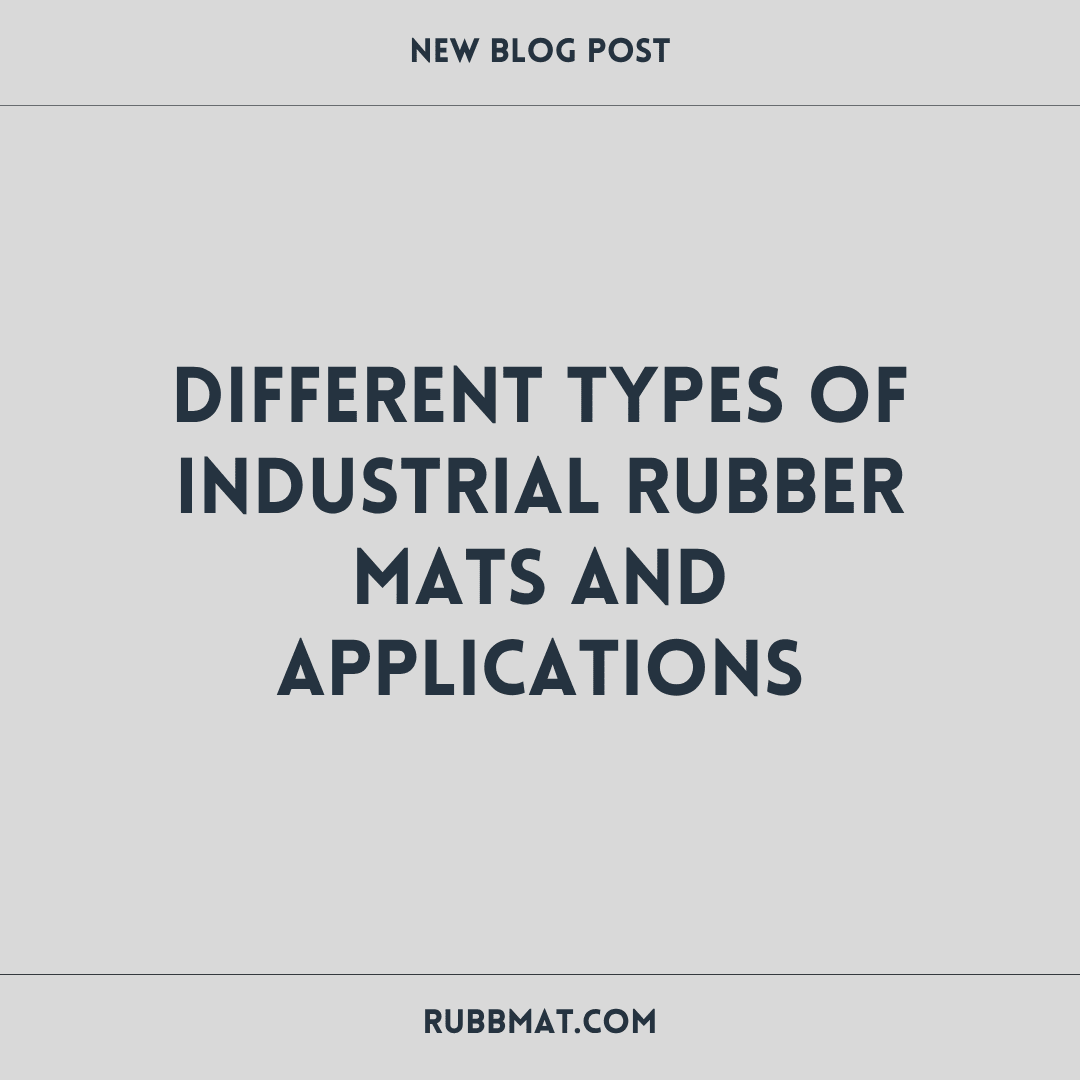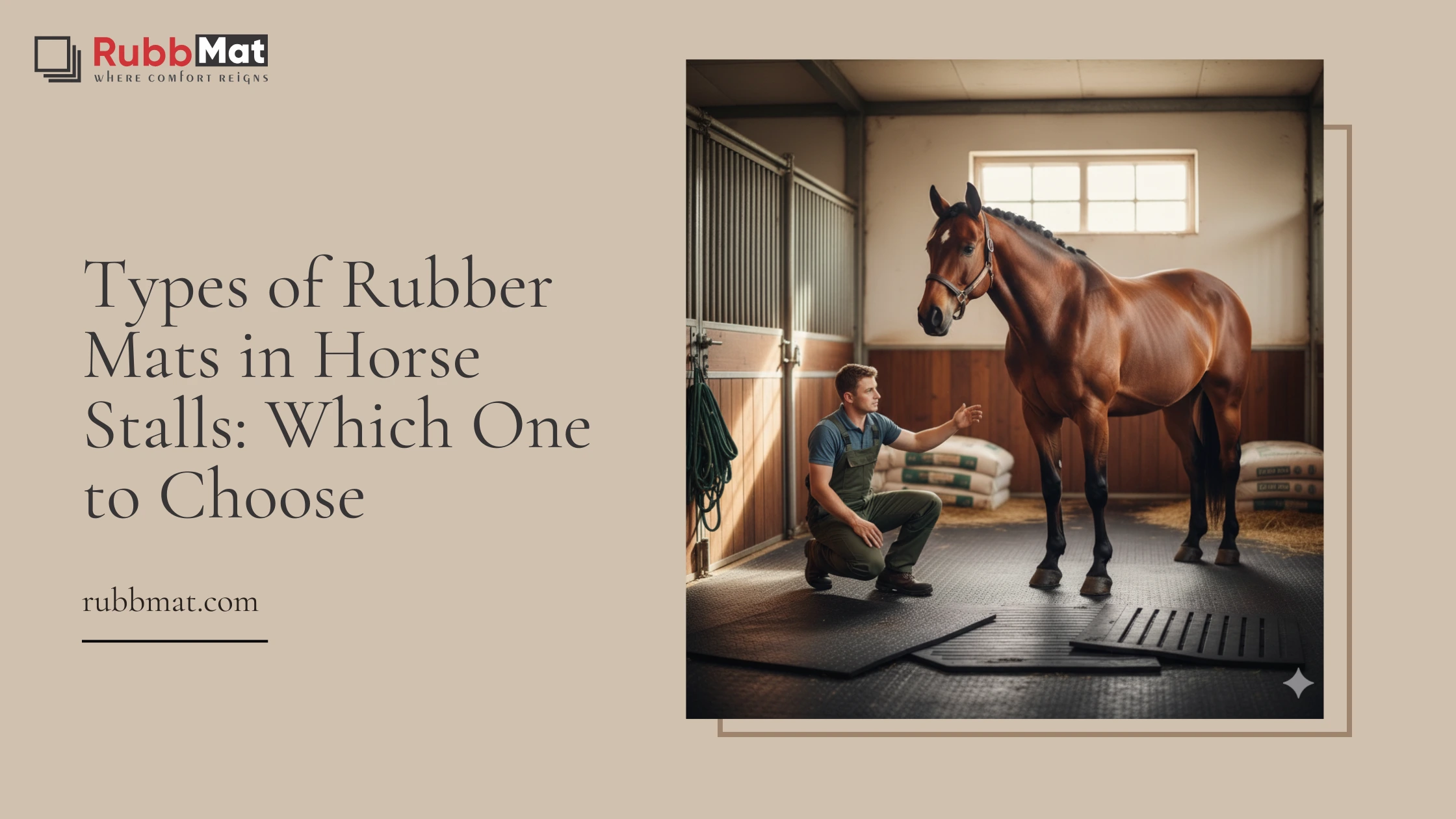
Introduction
The welfare of livestock is the most crucial thing; the rubber mat for cows has highly important roles for such welfare, popularly known as Cow comfort mats. These are cushioned and safe places where cows can stand, impacting their health and productivity level very greatly.
In this guide, all information regarding how to choose the right rubber mat for your farm will be explained-from understanding various types of mats, as well as key features such as traction, interlocking design, and even environmental insulation properties.
When choosing cow rubber mats, several factors should be considered:
-
Material Quality
-
Comfort
-
Hygiene
-
Traction
-
Interlocking Design
-
Thickness and Size
-
Cost-Effectiveness
-
Environmental Insulation
By focusing on these aspects, you can enhance livestock welfare and improve overall farm efficiency.
Understanding Cow Rubber Mats
Cow rubber mats are indispensable equipment developed to promote comfort and safety of livestock. The mats can be used for several purposes: they ensure traction to prevent slipping, act as a cushion for resting, and provide hygienic conditions, with easy-to-clean surfaces.

Types of Cow Rubber Mats
Several common types of cow mats are available in the market:
-
Solid Rubber Mats: High-quality natural rubber mats that are very durable and provide excellent grip. Such mats frequently incorporate a steel core for further reinforcement and life.
-
Interlocking Rubber Mats: The interlocking edges of the mats allow for creation of a seam-free surface that would be perfect for large covers, such as milking parlors or feeding zones.
-
Grooved Mats: With grooves or patterns, these mats are further designed to provide traction. Besides this, they have drainage effects, which would mean no instance of water building up, thus reducing the possibilities of slipping.
-
Stalling Mats: These ones are put in individual cow stalling as it provides a comfortable soft surface to lie down, improving the overall well-being of a cow.
These mats come with specific features engineered for particular purposes in a barn. Like this extensive Rubbmat catalog on the types of rubber mats best suited for specific applications, the differences should allow you to make an appropriate choice for the well-being of your livestock.
Key Features to Consider When Choosing Cow Rubber Mats
1. Traction and Safety
Cow rubber mats must provide worthwhile traction and slip resistance for avoiding slipping and falling risks, which may lead to injury. At any place such as the milking parlors and feeding zones where cows tend to roam about frequently, stable footing is very important. Quality mats therefore incorporate textured surfaces or specialized grip designs that should enhance traction.
Recommended designs for high-traffic areas include:
-
Grooved Surfaces: These provide channels for liquid drainage, reducing slipperiness.
-
Studded Patterns: Offer enhanced grip, making it easier for cows to maintain their footing.
-
Diamond Plate Designs: Known for their excellent slip resistance, these patterns are ideal for heavy traffic zones.
By focusing on traction and safety features, you ensure the mats contribute to a safer environment for your livestock.

2. Benefits of Interlocking Designs
The interlocking design of these mats has many advantages when covering wider spaces in barns and milking parlors. It makes the surface smooth and constant traction, which rules out slips and falls. Interlocking Designs Benefits
-
Seamless Surface: No gaps for dust and moisture to penetrate inside, hygiene
-
Easy Installation: Mats click together easily without even much use of tools or adhesives.
-
Stability: Interlocked mats stand firm by clicking in each other and resist even a lot of foot traffic and consistent slip resistance
-
Adaptability: It can be simply made flexible in different barn setups by adding or removing parts of it as needed.
If that is not to one's liking, then alternative systems exist, such as roll-out or a more primitive single-piece mat. Such alternatives may not provide the same degree of stability and flexibility about customization but perhaps may be adequate for smaller spaces or even temporary arrangements.
3. Thickness and Size Considerations
Thickness
Cow rubber mats differ in the thickness as well, which plays a significant part both in comfort and durability. Thicker rubber mats provide an improved cushioning effect to enable cows to lie down for more extended periods, which directly affects their health and milk production.
-
Durability: Thicker mats, made up with more rubber, are better durable and can carry heavier foot traffics and weight of animals without breaking easily.
-
Comfiness: More comfortable, less pressure on cow's joints and hooves, which are comfortably held by the thicken mat for the general animal comfort. Additional heaters could also be installed on floors as it is an added provision for comfort, specifically of a system when it gets colder.
Size considerations
By focusing on the appropriate thickness and size, you enhance the traction and slip resistance features while also ensuring optimal comfort for your livestock.
The size of the mat also becomes a major consideration when you are selecting the correct mat for your barn design. Mats should fit smoothly in the areas that you have allotted for their placement so that your mat offers the best coverage and most importantly safety.
-
Compatibility of Barn Layout: The barn's measurement should be correct so that its mats can fit easily without having to be cut extensively and adjusted.
-
Customization options: The top manufacturers, such as Rubbmat, offer customization options in customized cuts to any specific barn style, which would make installation much easier and faster.
By making sure that the thickness and size of bedding are appropriate, you enhance the traction and slip-resistance factors besides achieving the most ideal comfort for your livestock.
Conclusion
When choosing the best cow rubber mats, choosing them is based on such factors as durability, comfort, size, and safety. Good quality mats enhance the welfare of the cows and maximize productivity due to the availability of a smooth non-slip surface that does not provide a risk for injury. The options are also diverse, and it is imperative to know your needs-me perhaps weather-resistant drainage ease of cleaning.
At Rubbmat, we focus our efforts on producing superior-quality cow rubber mats for animal welfare and farm efficiency. Our mat is designed to ensure excellent support so that cows are healthier, and your farming environment becomes productive. Browse through our range today and discover the perfect mat solution to creating a safe and comfortable environment for your livestock. With Rubbmat, you can be sure that you are investing in the right product, one that does care about both animal comfort and the success of your farm operation.
FAQs (Frequently Asked Questions)
1. What are cow rubber mats and why are they important?
Cow rubber mats are specialized flooring solutions designed for livestock environments. They provide comfort, safety, and insulation for cows, which is essential for their welfare. These mats help reduce the risk of slips and falls, offer cushioning to joints, and can improve overall health in livestock.
2. What types of cow rubber mats are available in the market?
There are several types of cow rubber mats available, including interlocking mats, stall mats, and those designed specifically for high-traffic areas. Each type has unique features that cater to different needs such as traction, slip resistance, and ease of installation.
3. What key features should I consider when selecting cow rubber mats?
When choosing cow rubber mats, consider features such as traction and slip resistance to prevent accidents, interlocking designs for seamless installation in larger areas, thickness for comfort and durability, and size compatibility with your barn layout.
4. How does the thickness of cow rubber mats affect their performance?
The thickness of cow rubber mats plays a crucial role in providing comfort and durability. Thicker mats generally offer a better cushioning effect, which is important for the well-being of cows. Additionally, selecting the right size ensures that the mat fits well within your barn layout.
5. Can cow rubber mats provide insulation against cold weather?
Yes, cow rubber mats can provide thermal insulation properties that help maintain a comfortable environment for livestock during cold weather conditions. This insulation helps keep cows warm by reducing heat loss through cold floors.




